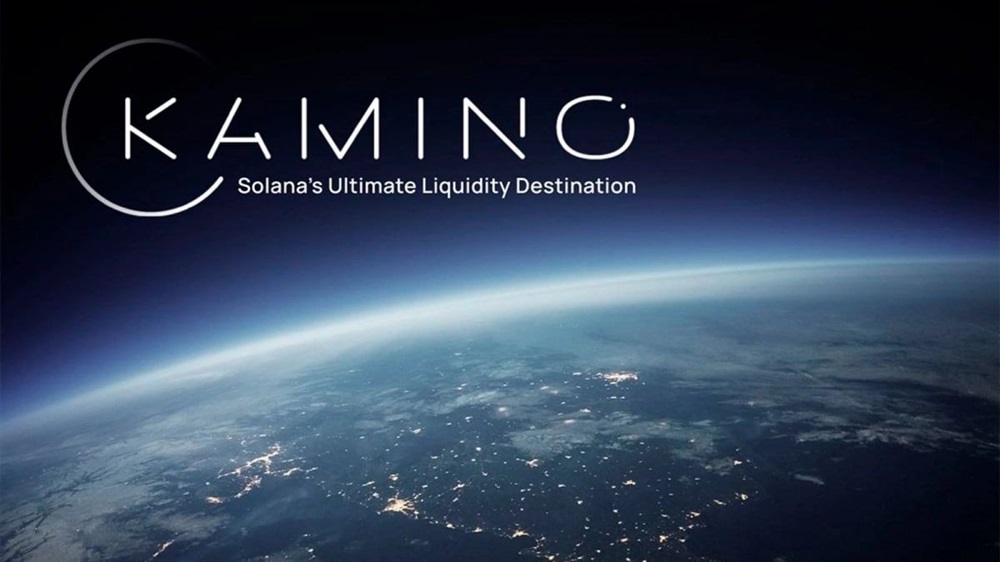How Kamino Finance Could Make Concentrated Liquidity DeFi’s Next Big Breakout
The launch of Kamino Finance will help automate one of the most challenging ways to earn real yield in decentralized finance (DeFi) today. With this launch, Kamino makes the difficulties of providing concentrated liquidity on decentralized exchanges (DEXs) a thing of the past.
Incubated by Hubble Protocol, Kamino will push the limits of capital efficiency for liquidity providers (LPs) seeking yield on concentrated liquidity market makers (CLMMs).
By leveraging the power of smart contracts, automation, and quantitative modeling, Kamino the yields earned by LPs while efficiently creating deep liquidity during any kind of market, benefitting projects and traders alike.
The Future of Crypto Trading Relies on Concentrated Liquidity
The automated market maker (AMM), popularized by Uniswap v2, revolutionized decentralized trading but has some major flaws.
Notably, the traditional AMM underperforms as a system for managing liquidity and market making. It distributes liquidity so that most tokens are never used for trade, so LPs have fewer opportunities to earn fees from their deposited tokens.
Moving towards better utility and capital efficiency, the CLMM has innovated a better way to distribute liquidity on a DEX.
The CLMM lets users supply liquidity within a specific price range, usually concentrated around the current value of a token, allowing experienced liquidity providers to increase their yields using much less capital when compared to the traditional AMM.
Concentrated Liquidity Faces Challenges in Gaining Adoption from LPs
Despite an increase in capital efficiency that sees more than 5x in trade volume ($14.8M vs. $2.75M), CLMMs on Solana have attracted less than half the liquidity deposited ($27.6M vs. $61M) on their AMM counterparts for a few reasons:
● CLMM positions must be frequently rebalanced.
● Higher risk of impermanent loss (IL)
● Increased complexity
These factors combined contribute to a sub-optimal user experience that has limited the adoption of CLMMs across the Solana DeFi community.
Unfortunately, the CLMM’s efficiency necessitates added complexity, making positions difficult to manage for common users who want to provide liquidity. Consequently, few people have deposited their tokens into these hyper-efficient CLMMs–until Kamino.
Kamino Makes Providing CLMM Liquidity Simpler Than a SwapKamino has been designed to remove the complexity of managing CLMM positions and does so as efficiently as possible. As a result, anyone who provides liquidity through Kamino can “set it and forget it” while they earn optimized fees and rewards from trades executed on Orca’s CLMM Whirlpools.
When LPs provide liquidity through Kamino:
● The protocol automatically sets and rebalances positions on their behalf.
● Quantitative analysis, provided by a professional quant, determines the parameters of ranges and rebalancing.
● Fees and rewards are auto-compounded back into the liquidity position.
● Users receive a fungible LP token that can be used as collateral on Hubble or in wider DeFi.
In short, Kamino drastically reduces the time and effort required to interact with CLMMs from the backend as an LP. Moreover, results collected over a month indicate much higher returns can be earned through Kamino-managed positions than the estimated APR advertised by Orca.
At the time of launch, Kamino will debut on Orca’s Whirlpools. Three vaults will be available for deposits, each representing stable or pegged asset pairs: USDH/USDC, USDC/USDT, and SOL/stSOL.
Kamino Pushes the Limits of the Solana DEX Landscape
As Kamino’s active liquidity management strategies attract more assets to the Solana DEX ecosystem, these strategies will be continuously refined to promote increased capital efficiency and yields for its users.
By leveraging automation and quantitative analysis, Kamino can supercharge the fees earned by LPs while creating deep liquidity for tokens traded on a DEX during any kind of market.
Kamino is engineering massive improvements within the current DEX landscape on Solana. As these improvements are implemented, Solana could one day see significant trade volume increases due to the network's capital efficiency of decentralized trade.
Subsequently, LPs may earn significant yields from the rise in on-chain trading activity, and providing concentrated liquidity could be the “next big thing in DeFi.”
It will be exciting to measure the effects Kamino will have on the Solana ecosystem and the improvements it brings to the DeFi community at large, especially as the protocol begins managing a growing number of liquidity positions on multiple DEXs.


